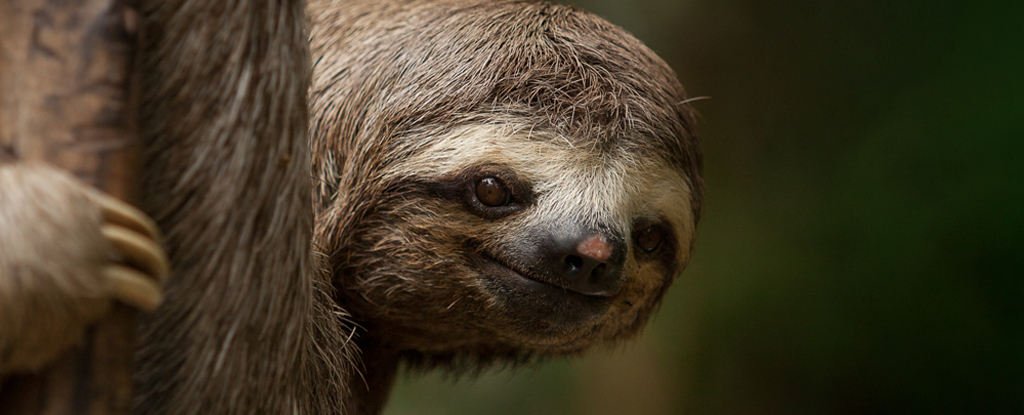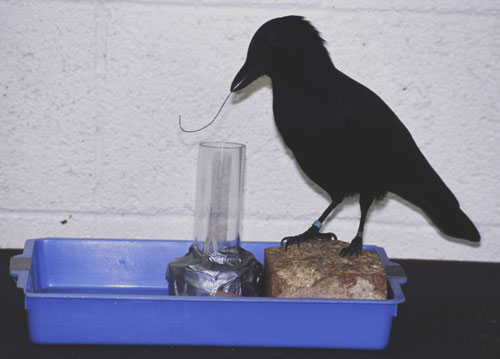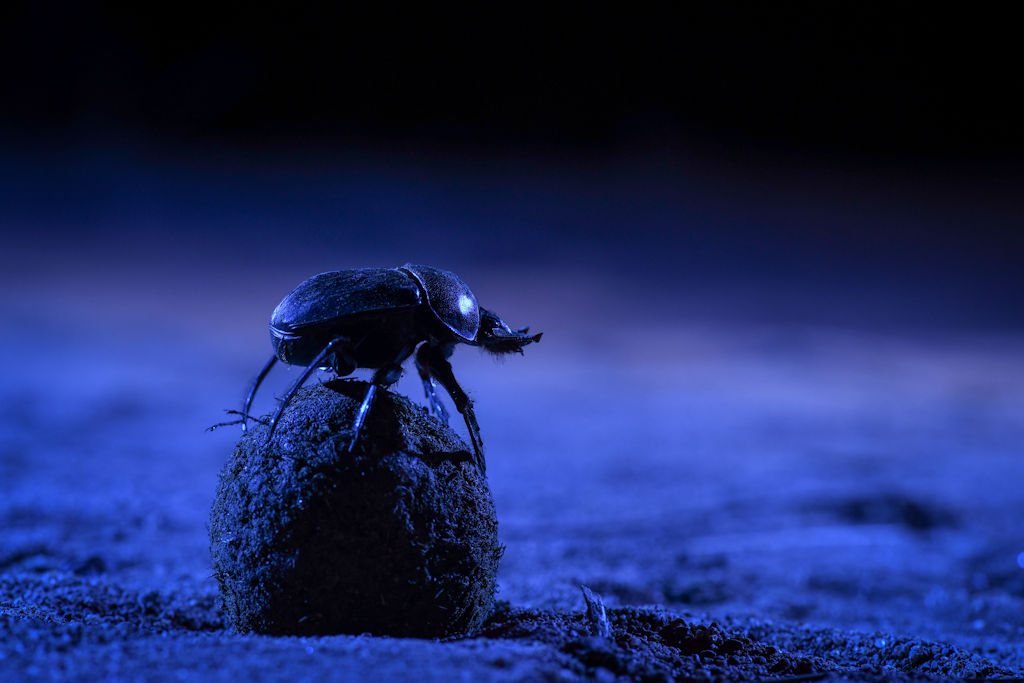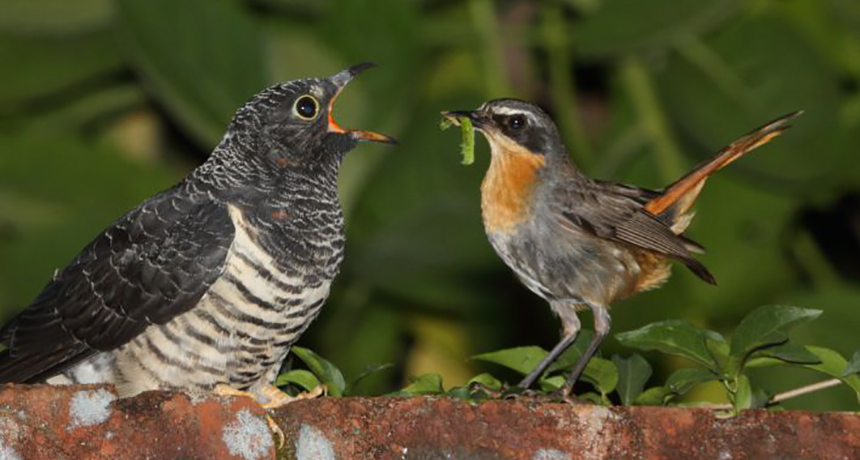Tag: Animals
-
Wombat Feces Are Cube-Shaped

Wombats produce cube-shaped feces – and there’s a surprising reason why. From anatomy to territory marking, here’s what makes their poop so unique.
-
Octopuses Have Three Hearts and Blue Blood

Octopuses have not one but three hearts – and their blood is blue. Discover how this works, why it evolved, and what it says about these alien-like creatures.
-
Fact Check: Does Honey Really Never Spoil?

Archaeologists found 3,000-year-old honey in Egyptian tombs – and it was still edible. But why doesn’t honey go bad? Here’s the science behind honey’s incredible shelf life.
-
Sharks Existed Before Trees

Think trees are ancient? Sharks have been around 100 million years longer. Discover how these apex predators outlived mass extinctions and predate even the first forests.
-
Why Sloths Hold Breath Longer Than Dolphins

Sloths can hold their breath for up to 40 minutes by slowing their heart rates, while dolphins need air every ten minutes. Discover their unique adaptations.
-
Betty the Ingenious Crow: A Remarkable Display of Avian Intelligence

Betty, a crow, amazed scientists by fashioning a hook from wire to retrieve food—a feat challenging human-exclusive tool use beliefs and expanding avian cognitive understanding.
-
Star Trekking Dung Beetles: Navigating by the Milky Way

Dung beetles navigate using the Milky Way’s faint glow, ensuring straight dung ball rolls for survival and reproduction away from competitors to safe nesting sites.
-
Masters of Deception: The Cunning Strategy of the Parasitic Cuckoo

Cuckoos ensure offspring survival via egg-laying in other bird nests, using mimicry and deception. This highlights an evolutionary arms race, showcasing nature’s complexity.
-
Bee Ballet: Unraveling the Mystery of the Waggle Dance

Discover how honeybees use the waggle dance to share secrets about food, threats, and hive locations, showcasing their remarkable communication skills.
-
Hippos and Whales Are Each Others’ Closest Relatives

Whales and hippos share the same ancestor that lived around 55 million years ago. They are the closest living cousins of each other.
Categories
- All Facts
- Business & Finance
- Entertainment
- History
- Nature
- People & Society
- Places
- Science
- Space
- Technology
Recent facts
-
Corn Cobs to Comfort: The Evolution of American Hygiene
-
Why Sloths Hold Breath Longer Than Dolphins
-
When Irish Pubs Went Dry: Saint Patrick’s Day Before 1973
-
How a Waffle Iron Inspired Nike’s First Shoes
-
The first commercial passenger flight in 1914 lasted only 23 minutes
-
The Unbelievable Victory: French-Language Scrabble World Champion Who Doesn’t Speak French
-
The Unexpected Invention: IBM’s Foray into Cheese Slicers
-
The Birth of the First Webcam: A Coffee Pot’s Watchful Eye
-
The Birth of the “Computer Bug”: The Moth that Made History
Tags
Achievements Animals Architecture Biology Botany Daily Life Engineering Evolution Fact Check Fashion Firsts Food Health Historical Events Innovations Internet Inventions Language Law Money Music Physics Record Breakers Scams Social Media Solar System Tech History Universe WTF Business
